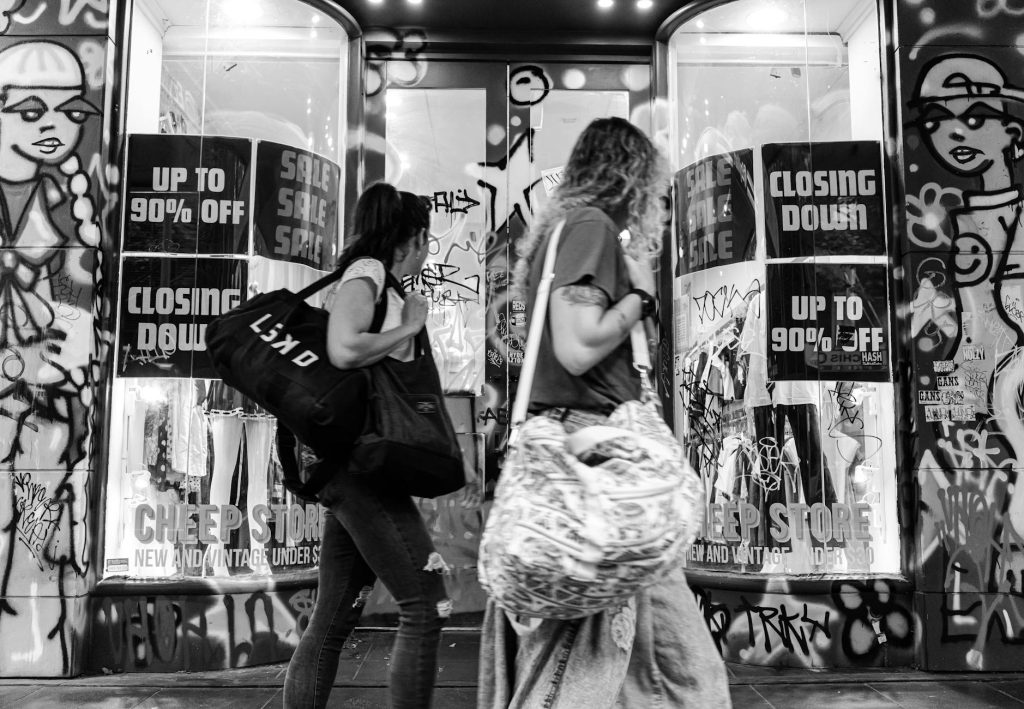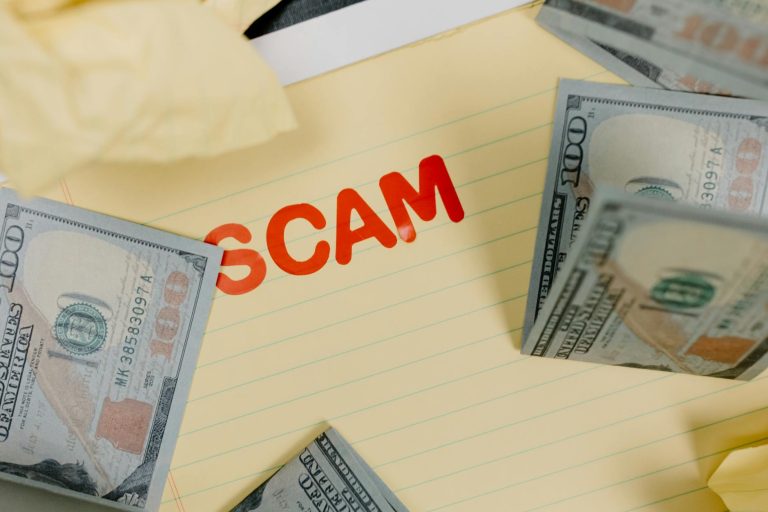
Spotting Fake Discounts
How They Mess with Your Mind
Fake discounts can really mess with your head. Studies, like one from the journal Sustainability, show that sneaky pricing tricks can make you spend more. You might think you’re getting a great deal when you see a sale, but it’s often just a trick to get you to buy stuff you don’t need. This “fake savings” can lead to impulse buys, messing up your budget and spending habits (MDPI).
Check out this table to see how people usually react to different discount levels:
| Discount Level | How You React |
|---|---|
| 0% – 10% | Meh, not much change |
| 11% – 25% | Hmm, maybe I’ll buy it |
| 26% – 50% | Wow, I need this now! |
| 51% and above | Take my money! |
Knowing this can help you think twice before falling for fake discounts.
The Rules and Who’s Watching
There are rules to stop these shady practices. The Federal Trade Commission (FTC) makes sure ads are honest and backed by facts, no matter where you see them—online, in print, or on TV.
But some stores still play dirty. Research by the Center for the Study of Services found that big names like Sears, Kohl’s, and Macy’s often use fake sales. They keep prices high and call them “discounts,” tricking you into thinking you’re getting a deal when you’re not.
Knowing the rules and spotting these tricks can help you avoid getting ripped off. Want to know more? Check out our articles on fake discounts and discount scams.
Spotting Online Scams
Looking for deals online? Keep your guard up! Scammers are lurking, ready to swipe your cash and personal info. Here’s how to spot the red flags and dodge their tricks.
Warning Signs to Watch Out For
Keep an eye out for these telltale signs when you’re shopping online. Spotting them early can save you from a world of trouble.
| Red Flag | What to Look For |
|---|---|
| Weird URL Spelling | Look for typos, missing dots, or strange endings like .bargain instead of .com. |
| Odd Payment Methods | If they want wire transfers, gift cards, or crypto, it’s sketchy. |
| Random Contact | Be wary if someone contacts you out of nowhere, pretending to be a legit company. |
| High-Pressure Sales | If they’re rushing you to decide, they’re probably up to no good. |
| Coaching and Threats | If they tell you what to say or warn you not to talk to your bank, run the other way. |
Sneaky Scam Tactics
Scammers have a bag of tricks to fool you. Knowing their moves can help you avoid getting duped.
Fake Online Stores: They set up bogus websites with crazy discounts on big-name brands. You might end up with junk or nothing at all (Experian).
Overpayment Scams: They claim they overpaid you and ask for the extra back. They’ll send a fake check and pressure you to act fast.
Info Theft: They’re after your personal info to open accounts or credit cards in your name. Many folks don’t even realize they’ve been scammed.
Weird Communication: Be suspicious if they reach out via social media or unsolicited emails, especially if they drop familiar names to gain your trust (Michigan Schools & Government Credit Union).
Stay sharp and recognize these red flags and tactics to protect yourself from discount scams and fake discounts. Always do your homework before buying online, and use trusted sources to check if deals are legit.
Tools for Price Tracking
When it comes to spotting fake discounts, using the right price tracking tools can make your shopping experience a whole lot better. These tools help you keep an eye on price changes and figure out if a deal is actually worth it. Two popular options are Honey and CamelCamelCamel, along with Vserve’s Pricing Tracking Service.
Honey and CamelCamelCamel
Honey and CamelCamelCamel are top picks for tracking prices, especially on Amazon. Both offer browser extensions that fit right into your online shopping routine.
| Tool | Features |
|---|---|
| Honey | – Tracks price history – Manages droplists – Alerts for price drops |
| CamelCamelCamel | – Shows past prices – Includes used item prices – Displays price changes over time |
Honey’s ability to track the price history of items is super handy for checking if discounts are real. By looking at price trends, you can decide the best time to buy an item.
CamelCamelCamel, on the other hand, gives you a look at how prices have changed over time. This helps you see if a current price is really lower than usual, so you don’t get tricked by fake discounts.
Vserve’s Pricing Tracking Service
Vserve’s Pricing Tracking Service is another great tool for those looking to keep an eye on discounts and sales. This service offers detailed pricing analytics, helping you monitor competitors’ prices and understand market trends.
| Feature | Description |
|---|---|
| Price Monitoring | Tracks competitor prices in real-time |
| Alerts | Notifies you of big price changes |
| Analytics | Offers insights into pricing strategies |
With Vserve, you get alerts about major price changes, so you’re always in the loop about the best deals. Plus, its analytics feature helps you understand pricing strategies across the market, making it easier to compare and make smart buying decisions.
Using these tools can really help you spot fake discounts and make sure you’re getting the best bang for your buck. Stay informed and watchful when shopping to protect yourself from discount fraud.
Sneaky Pricing Tricks
Case Study: Sears, Kohl’s, Macy’s
Sears, Kohl’s, and Macy’s have been called out by the non-profit Center for the Study of Services for using sneaky pricing tricks, often known as “fake” sale prices. These stores were caught making it look like they had special low prices when, in fact, those prices were just their regular ones.
The study tracked prices of big-ticket items across seven national chains for 44 weeks, starting in June 2014. It showed that these stores often kept certain items on “sale” all the time, fooling customers into thinking they were getting big discounts.
Here’s a quick look at what they did:
| Store | Pricing Trick | Example of Deception |
|---|---|---|
| Sears | Constant sales | “Sale” prices that are just regular prices |
| Kohl’s | Frequent discounts | “Discount” prices that rarely reflect a higher price |
| Macy’s | Fake sale prices | Marked down prices that are actually regular prices |
Price Jumps and Fake Discounts
Another common trick is raising prices before a sale and then advertising the “discounted” price as a special deal. This makes shoppers think they’re getting a bargain when they’re not.
The Federal Trade Commission (FTC) says a product can be advertised as sold at a reduced price only if the former price was offered to the public regularly for a substantial period. But there are no specific federal rules on how long sales can last, so it’s up to the states to enforce. Some states have laws about how long an item must be on sale before going back to its regular price, and it’s illegal in many states to claim discounts on products that have rarely been sold at the higher price claimed.
Despite these rules, sneaky pricing tricks still happen. Retailers often use loopholes and lack of enforcement, especially during big shopping seasons. For example, holiday sales might show discounts of 30%, 40%, or even 50% off, but these can often be just rollbacks to the original prices, making you think you’re getting a deal when you’re not.
As a shopper, knowing these tricks can help you spot fake discounts and make smarter buying choices. Check out our guide on spotting fake discounts to stay ahead of the game.
Protecting Yourself
Finding real discounts can be a minefield. Here’s how to dodge the fakes and snag the real deals.
Comparison Shopping Tips
To make sure you’re actually saving money, compare prices at different stores over time. Sale prices aren’t always what they seem. Here’s how to become a savvy shopper:
- Use Price Tracking Tools: Websites and apps like Honey and CamelCamelCamel track price histories and alert you to drops.
- Check Multiple Retailers: Look at different stores and websites for the same product to find the best price.
- Look for Price Histories: Use online tools to check if the advertised price is really a deal or just a trick.
- Be Aware of Pricing Tactics: Know about deceptive practices like “price-increase and list-price synchronization” (PILPS) to avoid overpaying.
| Strategy | Description |
|---|---|
| Price Tracking Tools | Use Honey, CamelCamelCamel, etc. |
| Check Multiple Retailers | Compare prices across various platforms. |
| Price Histories | Verify if the deal is genuine with past price data. |
| Understand PILPS | Recognize tactics retailers use to mislead consumers. |
Holiday Season Deceptive Pricing
Retailers love to play tricks during the holiday season. Those 30%, 40%, or 50% off signs? They might just be rolling prices back to where they started. Some stores have even gotten into legal trouble for this.
The best deals usually pop up during the five-day Thanksgiving weekend, especially on Black Friday and Cyber Monday. Adobe Analytics says many shoppers plan to buy during this time. A Shopify-Gallup poll found that 86% of consumers intend to shop during these days, with 16% favoring stores with better deals.
To get the most bang for your buck during the holidays, remember these tips:
- Plan Ahead: Research products and their usual prices before the sales start.
- Verify Discounts: Check price histories to make sure discounts are real.
- Stay Informed: Know common scams to avoid getting tricked.
By following these tips, you can spot and avoid fake discounts, making sure you get the best deals possible.
Forecast and Consumer Behavior
Knowing how people shop during the big sales seasons can help you spot those sneaky fake discounts. Let’s break down some key forecasts to see how spending might change, reflecting the current economic vibes.
National Retail Federation Projections
The National Retail Federation (NRF) says consumer spending will go up by 3 to 4 percent in November and December. This is slower than past years, thanks to high inflation, a cooling job market, and less pandemic savings. Retailers are feeling the pinch this holiday season.
| Year | Projected Growth Rate (%) |
|---|---|
| 2023 | 3 – 4 |
| 2022 | 8.5 |
| 2021 | 14.1 |
Adobe Analytics Insights
Adobe Analytics says the best deals are during the five-day Thanksgiving weekend, especially Black Friday and Cyber Monday. A Shopify-Gallup poll found that 86 percent of people plan to shop then, with 16 percent looking for the best deals and promotions.
| Event | Percentage of Consumers Planning to Shop (%) |
|---|---|
| Black Friday | 86 |
| Cyber Monday | 86 |
| Other Holiday Promotions | 16 (preferring better deals) |
These insights show why it’s important to be on the lookout for discounts during peak shopping times. As you hunt for deals, especially during the holidays, stay sharp about discount scams and discount fraud to make sure you’re getting the best bang for your buck.







I’m not sure I agree with everything here, but it’s a good starting point for being more aware. I’m definitely going to be more cautious about online shopping.
Wow this is really eyeopening I never realized how many tricks these websites use to manipulate us Im definitely more aware now
interesting stuff! i’m always wary of online deals, but now i know what to look for.
Great article! I’ve been seeing so many suspicious deals lately. It’s good to know how to spot the fakes.
this is super helpful! i’ve definitely fallen for fake discounts before. now i know what to look out for. thanks for the heads up!